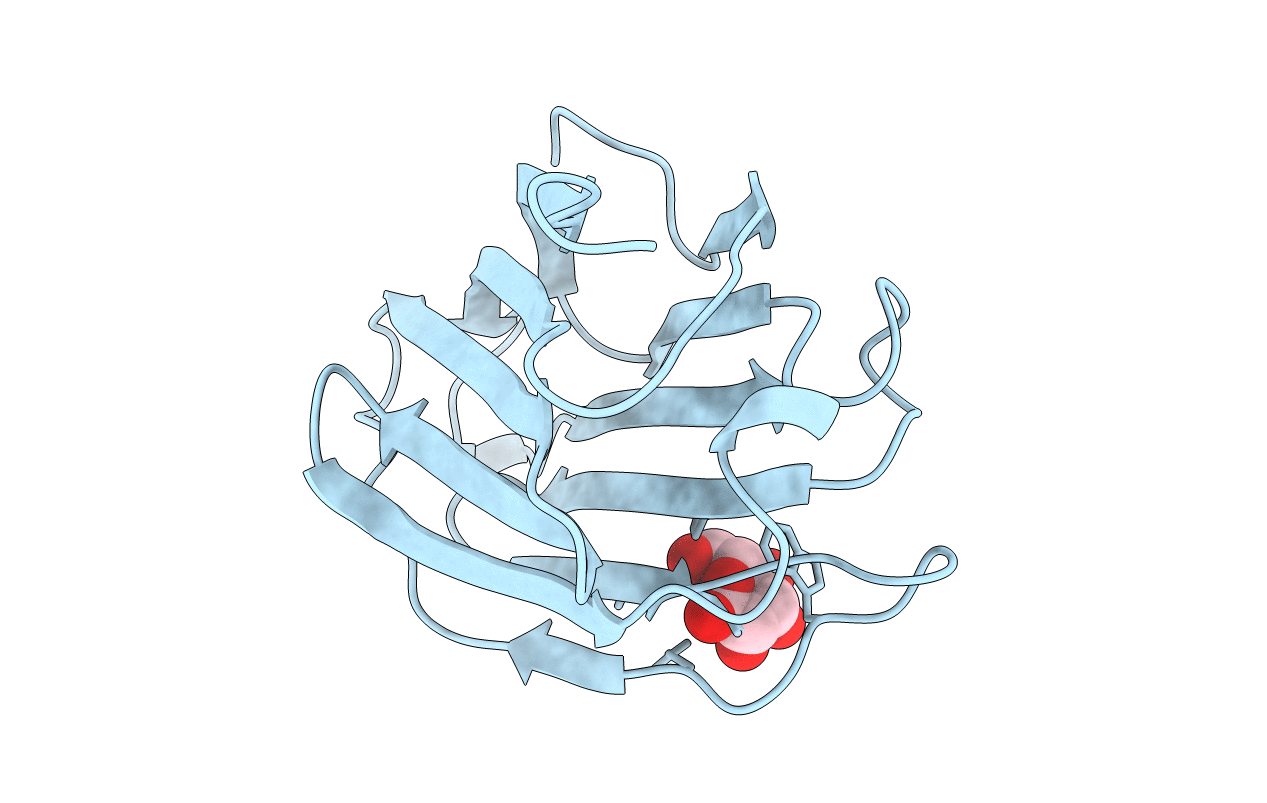
Deposition Date
1999-07-31
Release Date
2000-01-18
Last Version Date
2023-12-13
Method Details:
Experimental Method:
Resolution:
1.80 Å
R-Value Free:
0.25
R-Value Work:
0.23
R-Value Observed:
0.23
Space Group:
P 65 2 2


